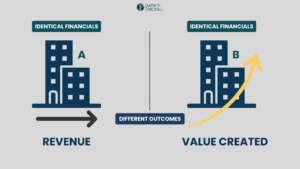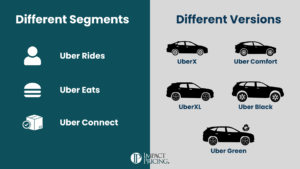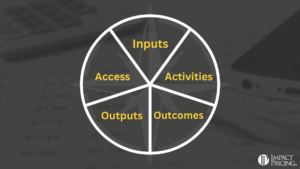In a previous blog post, we talked about a general rule for price segmentation: charge the majority of the customers a standard price, and then give a discount to people who can prove they are price sensitive (think about students at the cinema.)
Versioning is the exception.
When we use versioning, we develop a lowest-cost base model, and price this model with the smallest margins we can tolerate, to capture our most price-sensitive customers. Then, we offer versions of the product with more features, at better prices and margins in order to profit from our less price-sensitive customers.
Now, let’s run this through our rules for price segmentation.
Guidelines for Price Segmentation
Step 1 – segment your market. This is a great method because we know there are people out there who are more sensitive and others who are less so. Even if we can’t identify which is which, using this method, they will self-select into their own category.
Step 2 – develop a pricing mechanism to charge different prices to different segments. In this case, we build a basic model for price-sensitive customers and a higher-end product for customers who are less price-sensitive.
The base model attracts our price-sensitive customers, and we need to have the attitude of, if we didn’t have this model, the customer wouldn’t buy from us. We only expect to make a little money on the sale. Besides, this customer may buy other products from us too, and of course, our ancillary products have better margins.
Here are two real-life examples to guide you.
Applying Versioning to Your Pricing
First: on eBay, you can buy a new, large-screen TV for a price that’s actually lower than the cost for most resellers. I spoke with a director from eBay the other day about this, and he said resellers were selling the TVs at their cost in the hopes of selling accessories, like stands or wall mounts.
Sounds a lot like our price segmentation.
Here’s the second example: a bike store in the midwest only builds custom bicycles. They have a formula for how to price the frame, the parts, and the labor. Each bike is priced using the exact same formula; this is “fair” in their minds. They described to me how a customer walked into the shop the other day and ordered top of the line of everything. In fact, I’m not sure they could build a more expensive bike. The customer didn’t even ask about price until the end. Clearly, this was not a price-sensitive customer.
- How could this bike shop earn more from these types of customers?
- What if they used versioning a little more?
- What if they changed their formula (i.e. markup) so the higher end parts are priced higher?
My very rough calculation based on the expensive bike shows that even this small pricing move could put an additional $1,000 in their pockets. That’s fairly decent for a bike shop owner. (No, I’m not advocating cost-plus pricing. This is just a real-life example and many retailers use cost-plus.)
The action you can take today
What’s ONE thing you can do this week to use versioning in your business?















